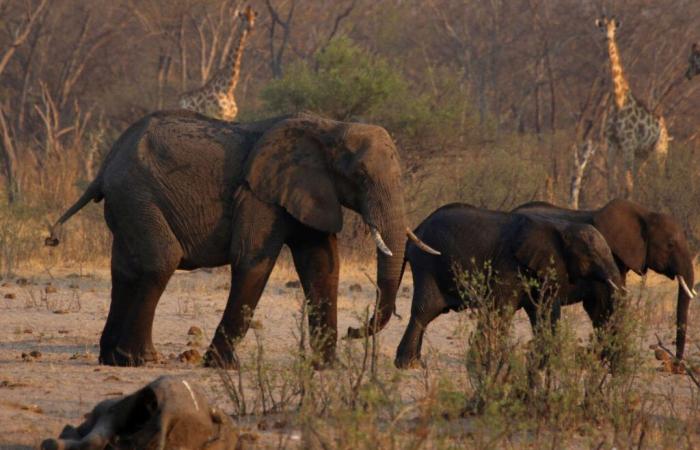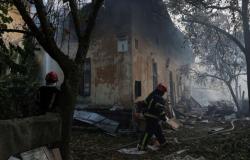Namibia has begun culling more than 700 wild animals – including hippos, elephants, buffalo and zebras – in part to feed people starving in the worst drought in decades, the environment ministry said on September 3. The country declared a state of emergency in May due to unusually high temperatures affecting several southern African countries. Some 160 animals have already been killed under the government measure announced last week, which will not only provide meat for thousands of people but also ease pressure on drought-stricken pasture and water resources.
Professional hunters were tasked with killing 30 hippos, 83 elephants, 60 buffalo, 100 blue wildebeest, 300 zebras, 100 elands and 50 impalas (two types of antelope). Most of these animals live in the country’s protected national parks. At least 157 of these 723 animals have already been killed, Romeo Muyunda, a spokesman for the ministry, told Agence France Presse, without giving any details on the duration of the process.
Read also | Article reserved for our subscribers Africa faces intense heatwaves
Add to your selections
The slaughter of the first 157 animals made it possible to “provide 56,875 kilograms of meat”the ministry said in a statement. “Our goal is to conduct this operation in a sustainable manner while minimizing trauma as much as possible.the spokesperson explained. We need to separate animals that should be hunted from those that should not be hunted.” In line with the global ban on ivory trade, tusks from slaughtered elephants will be stored in government warehouses.
1.4 million people in food insecurity
The United Nations World Food Programme (WFP) said in August that about 1.4 million Namibians, more than half the population, were severely food insecure, with cereal production down 53 percent and dam water levels down 70 percent from last year.
Animal rights group Peta has published a letter on its website to Prime Minister Saara Kuugongelwa-Amadhila, asking him to “reconsider” this measure, “not only cruel, but also dangerous in the short term and will have no long-term effect”In the letter, Peta Vice President Jason Baker argues that the cull could also disrupt ecosystems.
Read also | Article reserved for our subscribers On the ban on hunting trophies, a persistent debate
Add to your selections
A group of African researchers and environmentalists said in a statement that the mass slaughter set a precedent for governments to “to exploit protected wildlife and national parks under the cover of humanitarian needs”They question whether an environmental impact assessment, game census and food insecurity assessments were conducted before the cull was decided. They point out that it comes ahead of Namibia’s November general elections and believe the meat is intended to be distributed in areas where the ruling South West Africa People’s Organisation party faces strong opposition.
The cull is also expected to generate significant revenue from hunting licenses, they add, denying that Namibia is overwhelmed by elephants, which are estimated to number around 20,000 in the country. The World Wildlife Fund estimates that there are only about 415,000 elephants left on the continent (down from 3 million to 5 million at the beginning of the 20th century).e African and Asian elephants are considered endangered, with the exception of populations in South Africa, Botswana, Namibia and Zimbabwe, which are considered vulnerable.
Read the decryption | Article reserved for our subscribers African showdown over ivory trade resumption
Add to your selections







